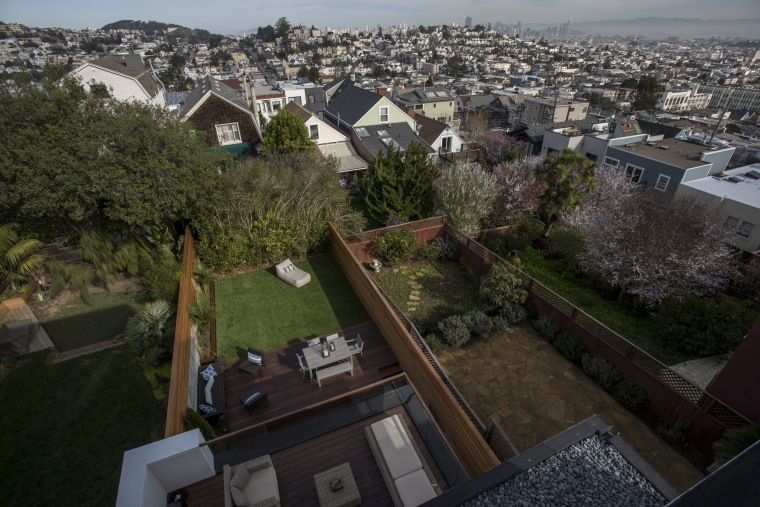The real estate crisis may have left lasting scars on millions of Americans’ ambitions of homeownership, but some markets have come roaring back — challenging the dreams of residents who can’t afford a home with a seven-figure price tag.
Although the number of million-dollar homes in the country has roughly doubled since 2012, going from 1.6 percent to 3 percent, some places have seen much sharper appreciation. Homes valued at $1 million or more have grown by double-digit percentages in some neighborhoods, according to a new analysis from real estate site Trulia.com.
The phenomenon Trulia calls “million-dollar creep” is taking place in pockets of growing affluence around the country, but there are a few places where the spike in big-ticket homes really stands out.
Read More: Home Sales Up in Signs of Strong Spring Selling Season
Of the 100 largest metropolitan areas in the U.S., home prices in the extended commuting range of Silicon Valley, buoyed by lofty tech industry salaries, have inflated the most. San Francisco, San Jose and Oakland, respectively, had the largest increases by percentage of $1 million-and-up homes. In San Francisco, where the number of seven-figure homes was already the highest in the country at 20 percent in 2012, the number today is a staggering 57 percent.
“It’s not a great situation,” said Ralph McLaughlin, Trulia's chief economist. Home prices are rising faster than incomes, as are rents, which makes it tough for residents who want to buy a home to save up enough for a down payment.
Outside of the tech-fueled housing boom in California, McLaughlin said several of the newly-minted million-dollar neighborhoods owe the increases to natural home price appreciation occurring in recovering markets. In some cases, new population influxes also make some neighborhoods newly popular.
“Once a neighborhood starts to get discovered … word can get out and buyers can bid up prices quickly,” he said, pointing to parts of Brooklyn as an example.
Read More: Will Housing Logjam Bust in 2016? Don't Bet the Mortgage or Rent On It
Another common thread in million-dollar neighborhoods is the presence of natural amenities that attract buyers willing to pay more for a water view, beach access or other comforts. Honolulu homes in desirable areas near Diamond Head have gotten more expensive, McLaughlin said, as have homes near Lake Washington in Seattle and San Diego’s Mission Bay.
“Housing markets tend to be very local, and areas that are nice places to live tend to be bid up both because of the amenities as well as the types of home that are there,” he said.
